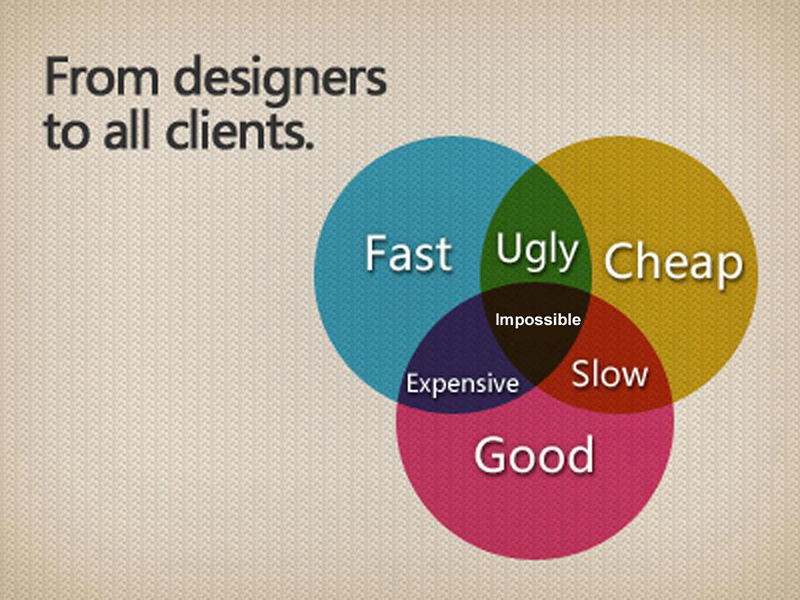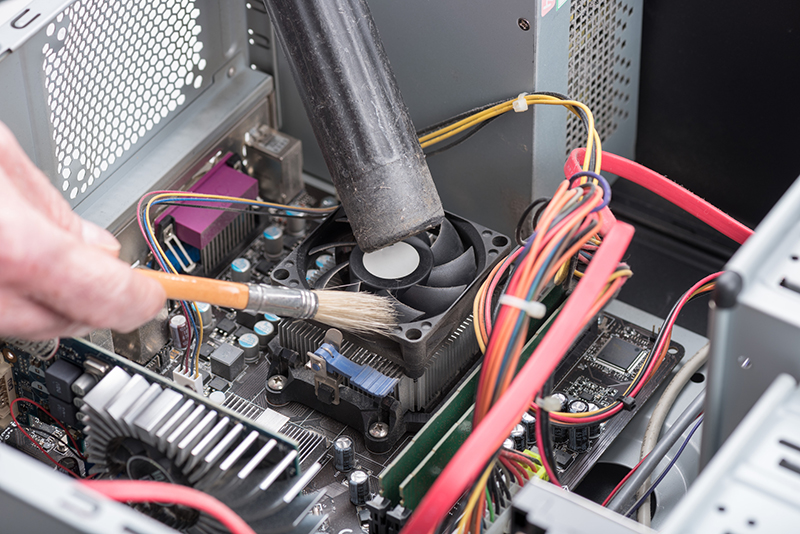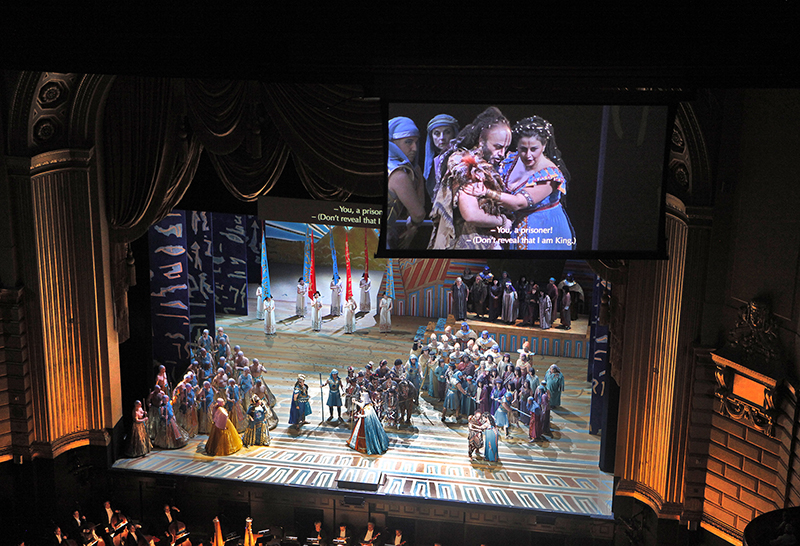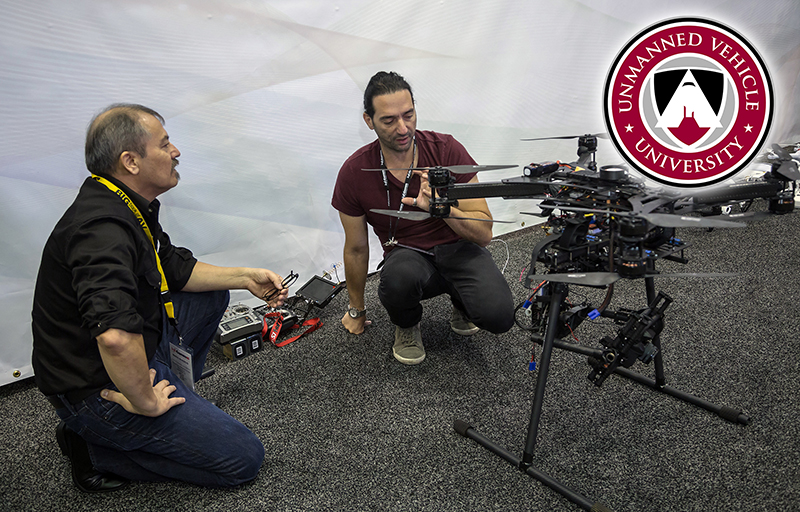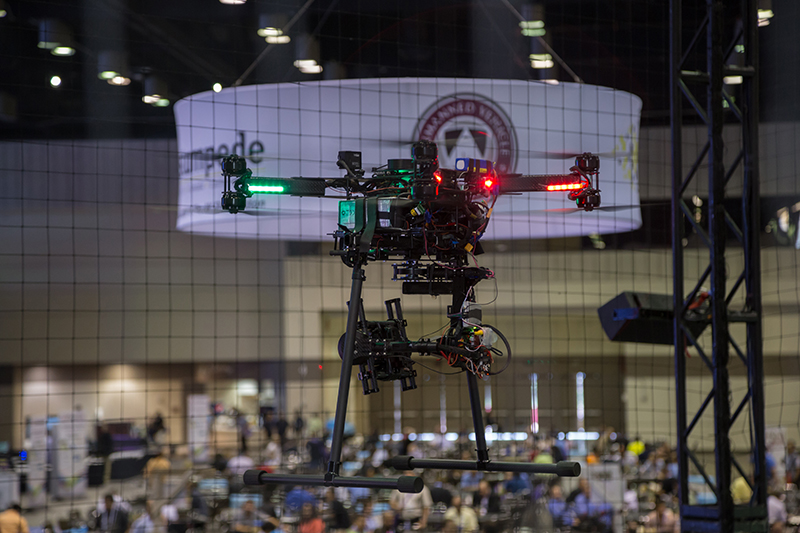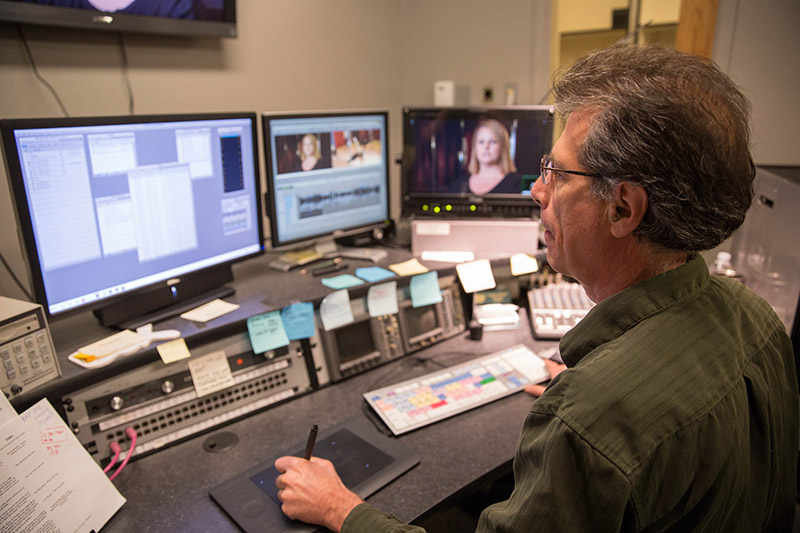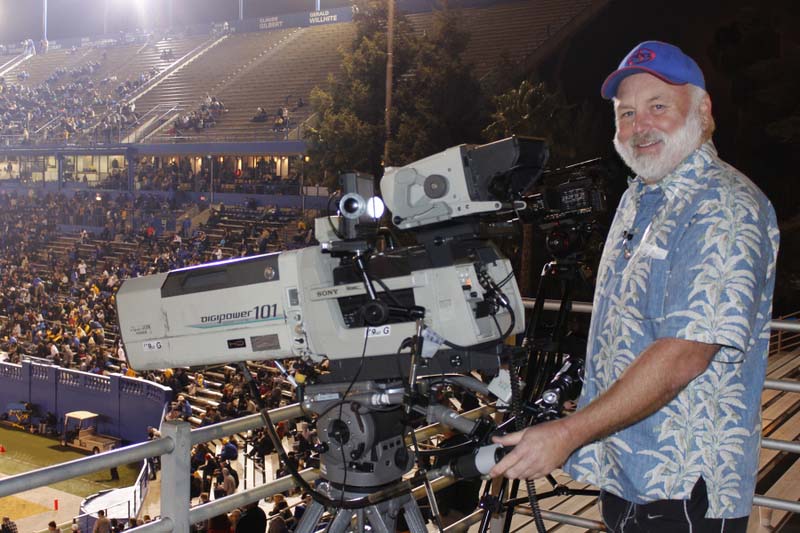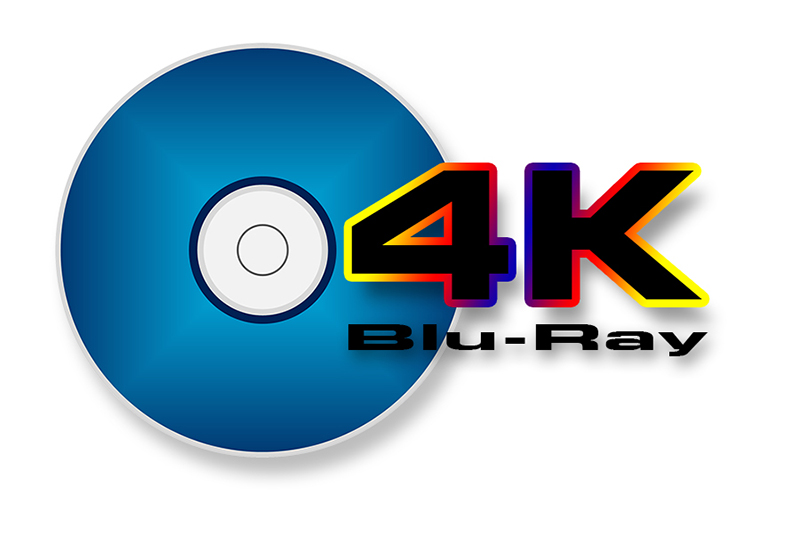Trust and Money: The Gear Purchasing Puzzle
“Trust. Money.” Boy, could that title be taken a few different ways. Money and trust have been odd bedfellows practically since currency was invented. Trust has been around a whole lot longer, but as soon as money entered the world, trust started getting in short supply. Why are these two so inextricably intertwined? Why do people spend a week’s worth of income on a concert ticket and just trust that it’s going to be worth it?

